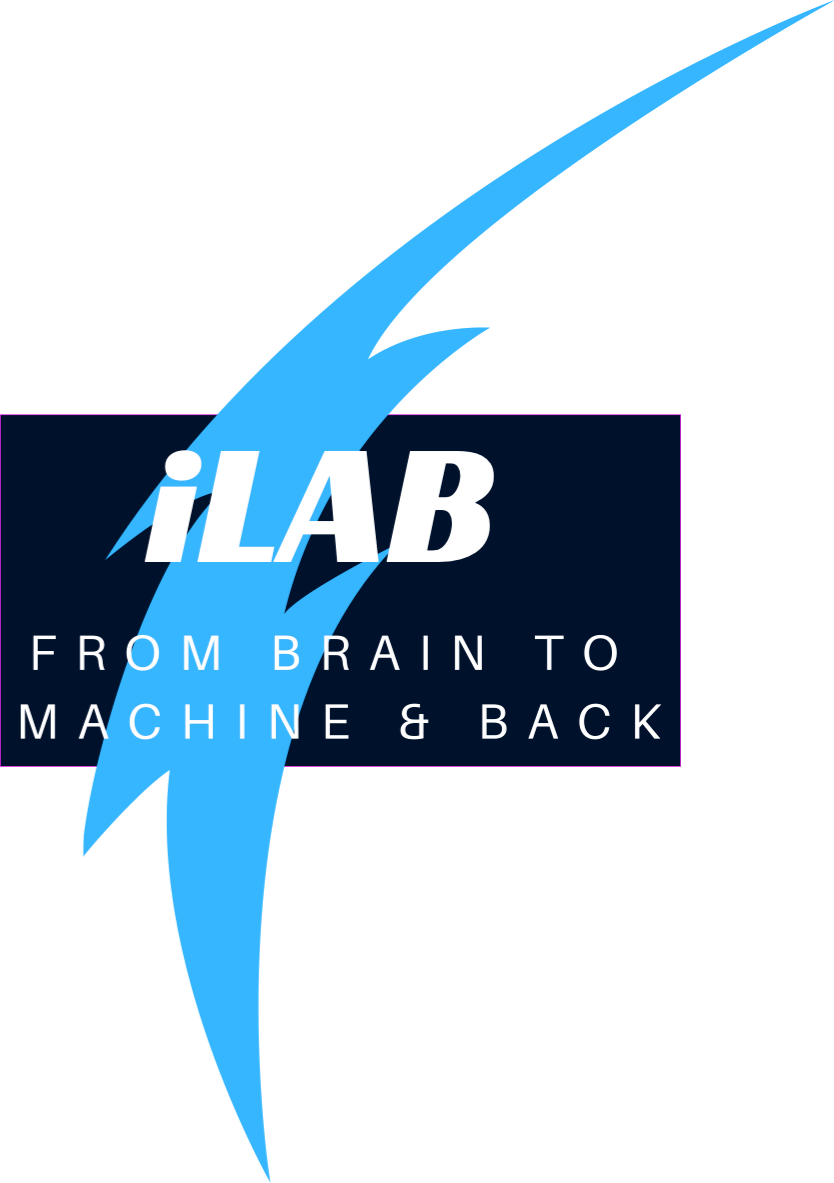Baxter press his kill switch
Author: jannis
Treffen Sie uns auf der ITSC2012 in Alaska. Wir präsentieren unsere Arbeit zur Entwicklung einer integrierten Architektur zur Entwicklung und Prüfung von Fahrerassistenzsystemen. Abastract: Advanced Driver Assistant Systems act, by definition in natural, often poorly structured, environments and are supposed to closely interact with human operators. Both, natural environments as well as human behaviour have no … Read More “ITSC2012: An Integrated Architecture for the Development and Assessment of ADAS” »
Meet us at the ITSC2012 in Alaska. We will present our work about an integrated architecture for the development and assessment of ADAS. Abastract: Advanced Driver Assistant Systems act, by definition in natural, often poorly structured, environments and are supposed to closely interact with human operators. Both, natural environments as well as human behaviour have no … Read More “ITSC2012: An Integrated Architecture for the Development and Assessment of ADAS” »
Ein theoretischer Physiker entdeckt typische Muster im wuseligen Verhalten von Verkehrsteilnehmern – Ein Artikel in der “ZEIT”.Prof. Ioannis Iossifidis lehrt an der Hochschule Ruhr West Theoretische Informatik und Kognitive Systemtechnik. Das Ziel seiner Untersuchungen ist ein Computermodell, das nicht nur Kurvenradien, Geschwindigkeiten, Reibungsbeiwerte und Sicherheitsabstände rechnerisch erfasst, sondern auch das eigentlich unkalkulierbare Verhalten der Fahrer. … Read More “Die Zeit: Simulation des Sonntagsfahrers” »
Lesen Sie in der Ausgabe, März 2012, der Zeitschrift Gehirn und Geist, die Rezension von Ioannis Iossifidis zur zwölfstündigen Dokumentationsreihe, “MENSCH 2.0 – Die Evolution in unserer Hand”, von zwei verschiedenen Regisseuren: Die eine Hälfte produzierte der Schweizer Journalist Basil Gelpke für die »Neue Zürcher Zeitung«, für die andere zeichnet der Filmemacher Alexander Kluge verantwortlich.Hier … Read More “Gehirn & Geist: Fallacy of a robotic evolution” »
Sorry only in German Im Rahmen des Tages der offenen Tür an der Ruhr-Universität Bochum am 2. April um 11:30, findet am Institut für Neuroinformatik ND 04, folgende öffentliche Demonstrationen statt: • Demonstration der anthropomorphen Roboter Arnold und Cora sowie • Gesichtserkennung • medizinische Navigation • Autosimulator – Fahrassistenzsysteme • BewegungslaborsDie Besucher haben die Möglichkeit … Read More “Open Day Event” »
The generation of behavior for autonomous robots in complex environments is restricted by a potentially large number of constraints that must be observed. For many tasks, the relevant constraints can be expressed in a specific, low-dimensional reference frame. The dynamic systems approach to autonomous robotics represents constraints as attractors or repellors over such behaviorally … Read More “Humanoids 2010: Integrating Orientation Constraints Into the Attractor Dynamics Approach for Autonomous Manipulation” »
The generation of behavior for autonomous robots in complex environments is restricted by a potentially large number of constraints that must be observed. For many tasks, the relevant constraints can be expressed in a specific, low-dimensional reference frame. The dynamic systems approach to autonomous robotics represents constraints as attractors or repellors over such behaviorally … Read More “Humanoids 2010: Integrating Orientation Constraints Into the Attractor Dynamics Approach for Autonomous Manipulation” »
The movement of autonomous agents in natural environments is restricted by potentially large numbers of constraints. To generate behavior that fulfills all given constraints simultaneously, the attractor dynamics approach to movement generation represents each constraint by a dynamical system with attractors or repellors at desired or undesired values of a relevant variable. These dynamical systems … Read More “ICRA 2011: Integrating Orientation Constraints Into the Attractor Dynamics Approach for Autonomous Manipulation” »
Autonomous robots with limited computational capacity call for control approaches that generate meaningful, goal-directed behavior without using a large amount of resources. The attractor dynamics approach to movement generation is a framework that links sensor data to motor commands via coupled dynamical systems that have attractors at behaviorally desired states. The low computational demands leave … Read More “IROS 2011: Model-free local navigation for humanoid robots (submitted)” »







